Filter by
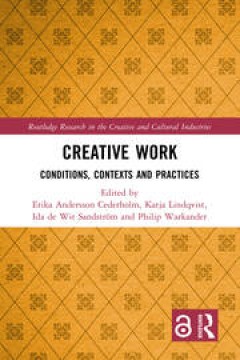
Creative work: conditions, contexts and practices
- Edition
- -
- ISBN/ISSN
- 9781003402688
- Collation
- -
- Series Title
- -
- Call Number
- -
- Edition
- -
- ISBN/ISSN
- 9781003402688
- Collation
- -
- Series Title
- -
- Call Number
- -
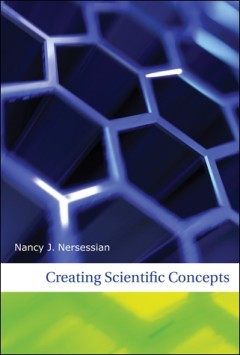
Creating Scientific Concepts
An account that analyzes the dynamic reasoning processes implicated in a fundamental problem of creativity in science: how does genuine novelty emerge from existing representations?How do novel scientific concepts arise? In Creating Scientific Concepts, Nancy Nersessian seeks to answer this central but virtually unasked question in the problem of conceptual change. She argues that the popular i…
- Edition
- -
- ISBN/ISSN
- 9780262280549
- Collation
- 1 online resource (xiv, 251 pages) :illustrations
- Series Title
- -
- Call Number
- -
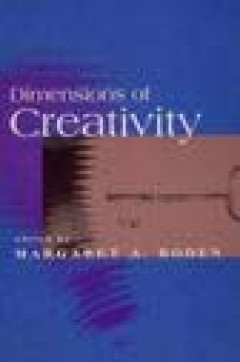
Dimensions of creativity
"A Bradford book."OCLC-licensed vendor bibliographic record. Dimensions of Creativity brings together original articles that draw on a range of disciplines—from the history and sociology of science, psychology, philosophy, and artificial intelligence—to ask how creative ideas arise, and whether creativity can be objectively defined and measured.
- Edition
- First MIT Press papterback edition.
- ISBN/ISSN
- 9780262268868
- Collation
- 1 online resource :illustrations
- Series Title
- -
- Call Number
- -
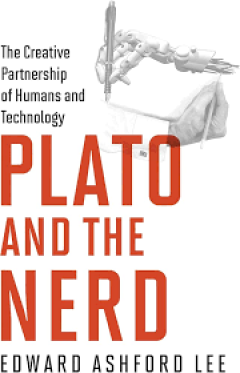
Plato and the nerd :the creative partnership of humans and technology
In this book, Edward Ashford Lee makes a bold claim: that the creators of digital technology have an unsurpassed medium for creativity. Technology has advanced to the point where progress seems limited not by physical constraints but the human imagination. Writing for both literate technologists and numerate humanists, Lee makes a case for engineering -- creating technology -- as a deeply intel…
- Edition
- -
- ISBN/ISSN
- 9780262341202
- Collation
- 1 online resource (xvi, 266 pages) :illustrations
- Series Title
- -
- Call Number
- -
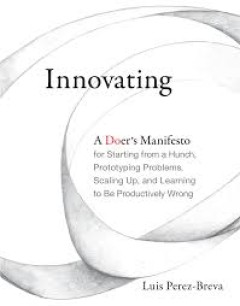
Innovating :a doer's manifesto for starting from a hunch, prototyping problem…
Innovation is the subject of countless books and courses, but there's very little out there about how you actually innovate. Innovation and entrepreneurship are not one and the same, although aspiring innovators often think of them that way. They are told to get an idea and a team and to build a show-and-tell for potential investors. In Innovating, Luis Perez-Breva describes another approach --…
- Edition
- -
- ISBN/ISSN
- 9780262336680
- Collation
- 1 online resource (xxv, 396 pages) :illustrations
- Series Title
- -
- Call Number
- -
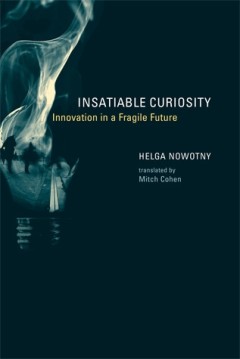
Insatiable Curiosity: Innovation in a Fragile Future
An influential scholar in science studies argues that innovation tames the insatiable and limitless curiosity driving science, and that society's acute ambivalence about this is an inevitable legacy of modernity.Curiosity is the main driving force behind scientific activity. Scientific curiosity, insatiable in its explorations, does not know what it will find, or where it will lead. Science nee…
- Edition
- -
- ISBN/ISSN
- -
- Collation
- 1 online resource (179 pages).
- Series Title
- -
- Call Number
- -
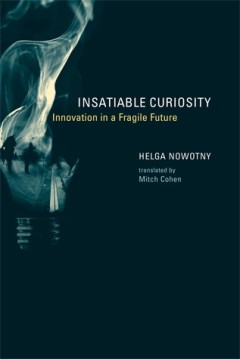
Insatiable Curiosity: Innovation in a Fragile Future
An influential scholar in science studies argues that innovation tames the insatiable and limitless curiosity driving science, and that society's acute ambivalence about this is an inevitable legacy of modernity.Curiosity is the main driving force behind scientific activity. Scientific curiosity, insatiable in its explorations, does not know what it will find, or where it will lead. Science nee…
- Edition
- -
- ISBN/ISSN
- -
- Collation
- 1 online resource (179 pages).
- Series Title
- -
- Call Number
- -
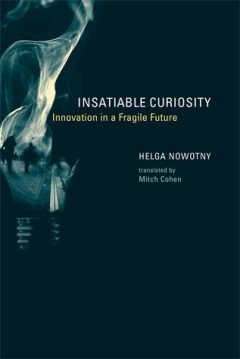
Insatiable curiosity : Innovation in a Fragile Future
An influential scholar in science studies argues that innovation tames the insatiable and limitless curiosity driving science, and that society's acute ambivalence about this is an inevitable legacy of modernity.Curiosity is the main driving force behind scientific activity. Scientific curiosity, insatiable in its explorations, does not know what it will find, or where it will lead. Science nee…
- Edition
- -
- ISBN/ISSN
- -
- Collation
- 1 online resource (179 pages).
- Series Title
- -
- Call Number
- -
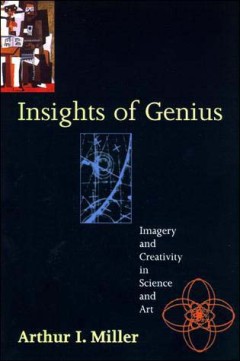
Insights of genius : imagery and creativity in science and art
Originally published: New York : Copernicus, ?1996."How can new knowledge be created from already existing knowledge? Insights of Genius shows how seeing in all it's many forms - insight, revelation, a distinctive point of view - is central to the greatest advances of the human intellect. Artists and scientists alike rely on visual representations of worlds both visible and invisible"--Page 4 o…
- Edition
- 1st MIT Press pbk. ed.
- ISBN/ISSN
- 9780262287340
- Collation
- 1 online resource (xxii, 482 pages) :i llustrations
- Series Title
- -
- Call Number
- 500 MIL i
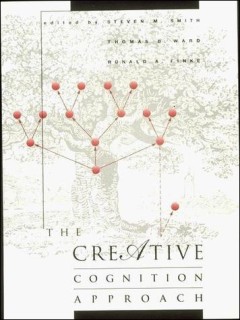
The Creative Cognition Approach
"A Bradford book."Annotation OCLC-licensed vendor bibliographic record.
- Edition
- -
- ISBN/ISSN
- 9780262283892
- Collation
- 1 online resource (viii, 351 pages) :illustrations.
- Series Title
- -
- Call Number
- -
 Computer Science, Information & General Works
Computer Science, Information & General Works  Philosophy & Psychology
Philosophy & Psychology  Religion
Religion  Social Sciences
Social Sciences  Language
Language  Pure Science
Pure Science  Applied Sciences
Applied Sciences  Art & Recreation
Art & Recreation  Literature
Literature  History & Geography
History & Geography